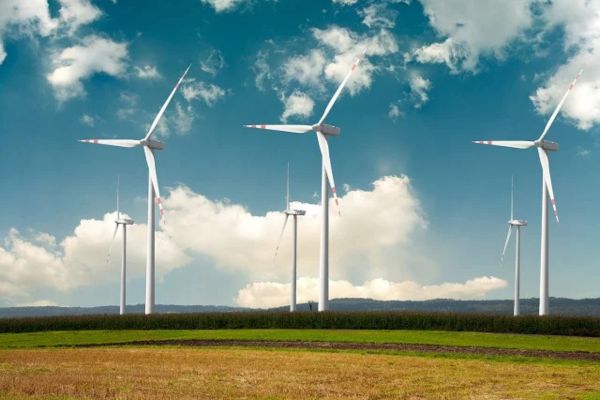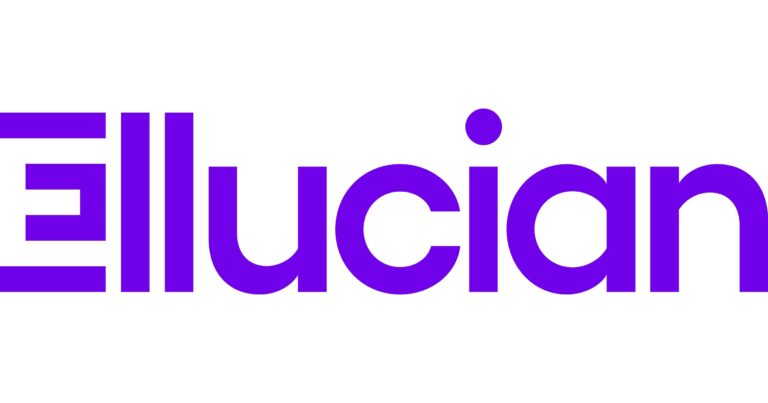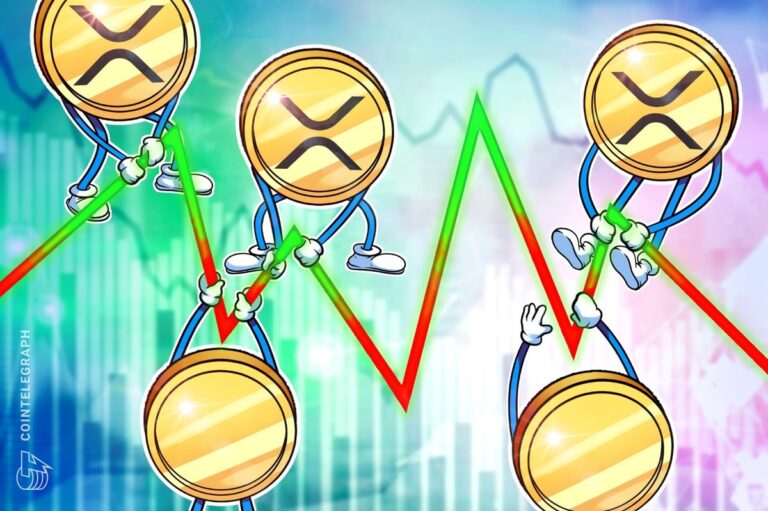
According to a new market report by Acumen Research and Consulting, the global Clean Technology Market Size reached USD 915.2 billion in 2024 and is forecasted to exceed USD 2,538.9 billion by 2033, registering a CAGR of 12.1% from 2024 to 2033. This impressive growth is fuelled by rapid advancements in clean energy, water purification, sustainable agriculture, and efficient manufacturing technologies.
The transition to a low-carbon, resource-efficient economy is no longer a distant goal—it is a necessity. The global climate crisis, rising energy demands, and shifting public expectations have collectively intensified the demand for solutions that are not only innovative but also environmentally responsible. In this context, the clean technology market stands as a cornerstone of the global sustainability movement.
What Is Clean Technology?
Clean technology (cleantech) refers to any product, process, or service that reduces negative environmental impacts through significant energy efficiency improvements, sustainable use of resources, or environmental protection activities. It encompasses a wide array of innovations such as:
- Renewable energy (solar, wind, hydro)
- Energy storage and grid optimization
- Water and wastewater treatment
- Electric mobility and charging infrastructure
- Carbon capture and sequestration
- Sustainable materials and recycling technologies
By enabling industries and governments to minimize their environmental footprint while maintaining productivity, cleantech has become pivotal to both climate strategy and economic policy.
Clean Technology Market Statistics at a Glance
- 2024 Market Size: USD 915.2 Billion
- 2033 Market Size Forecast: USD 2,538.9 Billion
- CAGR (2024–2033): 12.1%
- Leading Region: Asia-Pacific with over 51% market share
- Fastest-Growing Region: North America with CAGR 12.8%
- Top Sector: Renewable Energy
- Key Trend: Integration of AI and IoT in cleantech solutions
Key Drivers Powering the Clean Technology Market Growth
1. Global Policy and Regulatory Push
Governments worldwide are implementing aggressive carbon-reduction mandates and clean energy subsidies. The U.S. Inflation Reduction Act, the EU Green Deal, and India’s National Hydrogen Mission are just a few examples that reflect a unified global push toward decarbonization.
These initiatives are unlocking billions in public and private sector investment, directly benefiting the clean technology market growth across multiple sectors.
2. Corporate ESG Commitments
Environmental, Social, and Governance (ESG) standards have reshaped how corporations operate and report. Over 92% of S&P 500 companies now publish ESG disclosures, many of which include cleantech integration in operations, supply chains, and reporting systems. This corporate demand is creating a ripple effect across vendors, logistics, and technology providers.
3. Declining Costs of Renewable Technologies
The cost of solar photovoltaics has dropped by over 85% since 2010, while wind energy and battery storage have similarly followed downward price curves. This cost parity is accelerating the shift from fossil fuels to clean power alternatives, boosting demand for solutions within the clean technology market report.
4. Urbanization and Smart Infrastructure
With over 68% of the world population expected to live in urban areas by 2050, the demand for energy-efficient buildings, smart grids, and clean transportation is surging. Cities are now the testing ground for cleantech innovation—be it EV infrastructure, water reclamation, or air purification systems.
Clean Technology Market Trends to Watch
- Green Hydrogen Development: Emerging as a game-changer in industrial decarbonization and long-haul transportation.
- Circular Economy Models: Innovations in upcycling, electronic waste reuse, and closed-loop manufacturing.
- AI and IoT Integration: Smart sensors and predictive maintenance for clean tech systems are reducing downtime and improving ROI.
- Carbon Pricing Mechanisms: Trading systems and offsets are driving innovation in emission tracking and reduction.
Regional Outlook: Where Is Growth Concentrated?
North America
North America remains the fastest growing region for clean technology market, thanks to a combination of federal policy support, venture capital availability, and widespread corporate ESG adoption.
- The U.S. alone accounts for over $100 billion in cleantech investments annually.
- Canada’s clean energy jobs are expected to double by 2030, driven by net-zero targets.
Europe
Europe continues to lead on the policy front with initiatives like the European Green Deal and Fit for 55 legislative package. Countries such as Germany, France, and the Netherlands are scaling clean energy, EV infrastructure, and sustainable agriculture.
- The region is also a leader in carbon capture technology and waste-to-energy conversion, contributing significantly to clean technology market trends.
Asia-Pacific
With rapid industrialization and urban growth, Asia-Pacific holds the largest share in the global clean technology market.
- China’s pledge to achieve carbon neutrality by 2060 and its dominance in solar panel and battery manufacturing position it as a global cleantech hub.
- India’s renewable capacity expansion and clean mobility adoption are also accelerating clean technology market analysis in the region.
Challenges Hindering Adoption
Despite the promising trajectory, the clean technology market faces key hurdles:
- High Initial Capital Costs: While lifecycle ROI is positive, upfront infrastructure and integration expenses can deter adoption.
- Technological Complexity: Interoperability and scalability remain concerns, especially in emerging markets.
- Policy Uncertainty: Changing government priorities and uneven regulatory enforcement can impact investment stability.
- Supply Chain Constraints: Rare earth minerals and sustainable sourcing for batteries and electronics remain bottlenecks.
Industry Segmentation: Where Is Cleantech Being Used?
- Energy & Power: Renewable generation, smart grids, energy storage
- Transportation: EVs, hydrogen fuel cells, fleet decarbonization
- Water & Wastewater: Desalination, reclamation, purification tech
- Manufacturing: Cleanroom tech, emissions control, smart materials
- Agriculture: Precision farming, vertical farms, biofertilizers
These sectors represent a broad opportunity landscape as clean technology market share diversifies.
Key Players in the Clean Technology Market
Leading companies shaping the global cleantech landscape include:
- Siemens AG
- Tesla Inc.
- General Electric
- First Solar Inc.
- Vestas Wind Systems
- ABB Ltd.
- ENGIE
- Schneider Electric
- Ballard Power Systems
These firms are investing in product innovation, strategic partnerships, and regional expansions to gain an edge in the competitive clean technology market report.
The Road Ahead: Clean Tech as a Strategic Imperative
The clean technology market is not just about emissions—it’s about economic resilience, energy independence, and technological leadership. As climate risks intensify, the alignment between public priorities, private capital, and technological innovation is becoming more urgent and more synchronized than ever.
Cleantech is no longer a niche—it’s a mainstream pillar of global growth.






